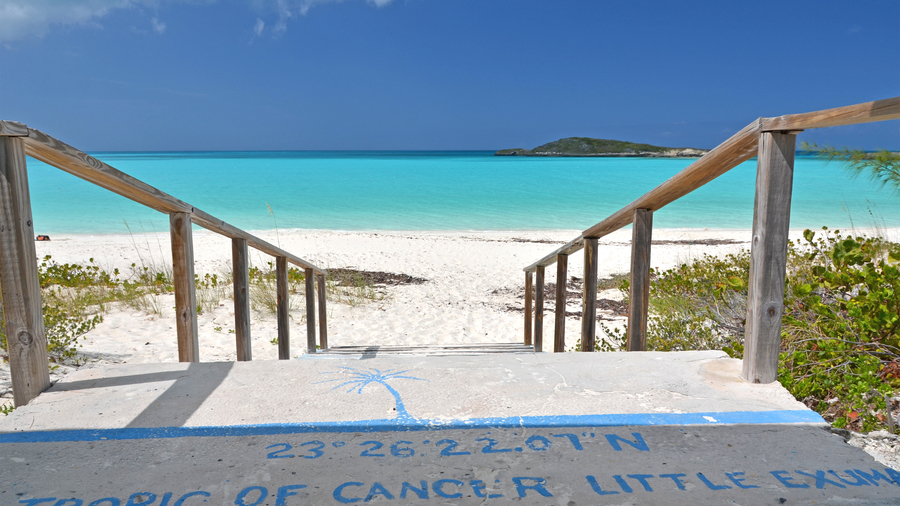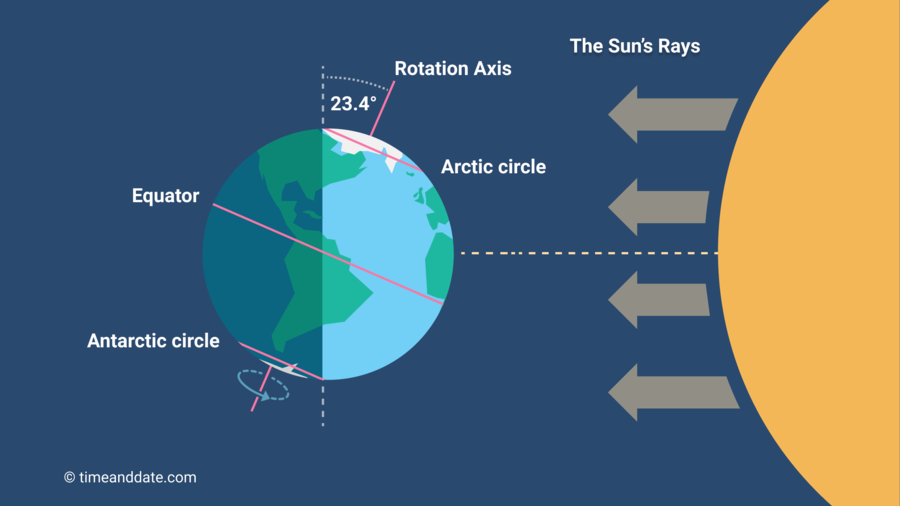When we think of the Summer Solstice most people think of the “longest day of the year,” but it is so much more than just a day full of sunshine. Here are some fun facts you may or may not know about this holiday.
- Summer and Winter Solstice - In the Northern Hemisphere, where it is the longest day of the year in terms of daylight, the June solstice is also called the summer solstice. In the Southern Hemisphere, on the other hand, it is the shortest day of the year and is known as the winter solstice.
- First Solstice of the Year - Solstices happen twice a year - in June and December. The June solstice happens around June 21, when the Sun is directly overhead the Tropic of Cancer. The December solstice takes place around December 21. On this day, the Sun is precisely over the Tropic of Capricorn.
- When the Sun Seems to Stand Still - Solstice comes from the Latin words sol, meaning Sun and sistere, meaning to come to a stop or stand still. On the day of the June solstice, the Sun reaches its northernmost position, as seen from the Earth. At that moment, its zenith does not move north or south as during most other days of the year, but it stands still at the Tropic of Cancer. It then reverses its direction and starts moving south again.
The opposite happens during the December solstice. Then, the Sun reaches its southernmost position in the sky - Tropic of Capricorn - stands still, and then reverses its direction towards the north.
- It Occurs at the Same Time all over the world - Technically, the June solstice is the exact instant of time when the Sun is directly overhead the Tropic of Cancer. In 2021, this will happen on June 21 at 10:32pm CST.
- It Can be on June 20, 21, or 22 - Even though most people consider June 21 as the date of the June solstice, it can happen anytime between June 20 and June 22. June 22 solstices are rare - the last June 22 solstice time took place in 1975 and there won't be another one until 2203.
- It's the First Day of Summer...depending on who you ask - Astronomers and scientists use the date of the June solstice to mark the beginning of summer in the Northern Hemisphere and winter in the Southern Hemisphere. For meteorologists, on the other hand, summer began almost three weeks ago, on June 1.
- The Earth is Farthest from the Sun - One might think that since it is summer in the Northern Hemisphere, the Earth is closest to the Sun during the June solstice. But it's the opposite. The Earth is farthest from the Sun during this time of the year. In fact, the Earth will be on its Aphelion a few weeks after the June solstice. The Earth's distance from the Sun has very little effect over the Seasons on Earth. Instead, it the tilt of Earth's rotational axis, which is angled at around 23.4 degrees, that creates seasons.
- Not Usually the Hottest Day of the Year - In fact, the hottest day of the year in the Northern Hemisphere usually comes a few weeks or sometimes months after the solstice. This is because it takes time for the oceans and landmasses to warm up, which again allows for higher air temperatures. This phenomenon is called the delay or lag of the seasons.
- The Arctic Circle has 24 Hours of Daylight - The June solstice is the only day of the year when all locations inside the Arctic Circle experience a continuous period of daylight for 24 hours.
- It's Celebrated Around the World - The June solstice holds a special place of celebration in many cultures. People around the world celebrate the day with feasts, picnics, dance, and music.
Find the original article and more here.

